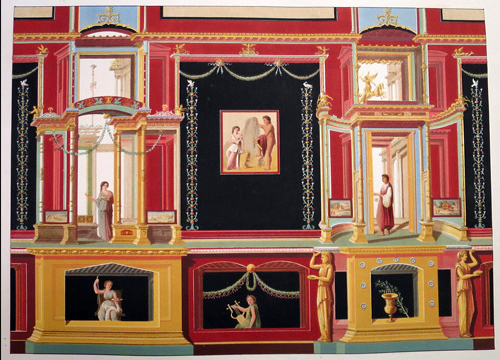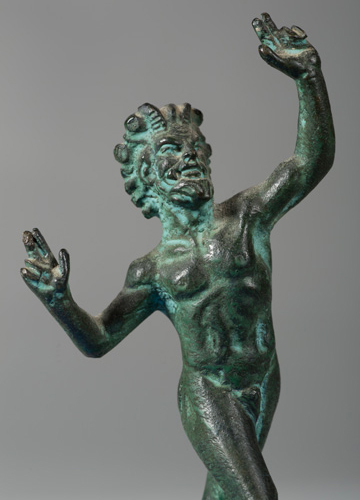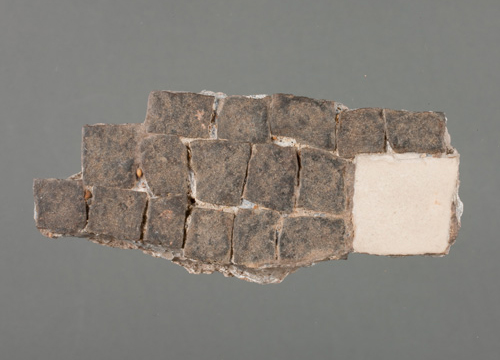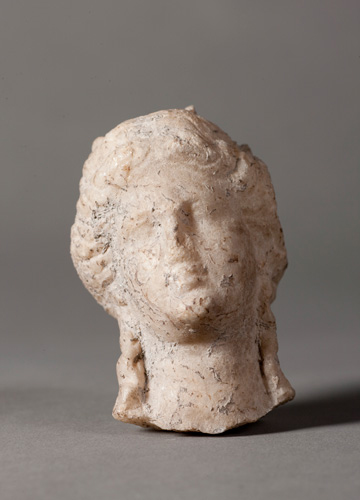On August 24th 79 CE Mt Vesuvius filled the sky with ash and rock, and the Roman colony of Pompeii became one of Italy’s lost cities. The buildings, art, artefacts, and the people were frozen in a moment described first hand by Pliny the Younger as a universe “plunged into eternal darkness for evermore”.
The city remained buried by volcanic ash for over 1600 years until odd finds in the 16th century led people to begin searching for it. It was not until 1756 that excavations revealed inscriptions recording the name Pompeii, and the rediscovery of the lost city could begin in earnest.
Some of the most precious discoveries made when excavating the volcanic rock were the houses of Pompeii, and the art, artefacts, and people preserved inside. Pompeii is the longest continuously excavated site in the world.






